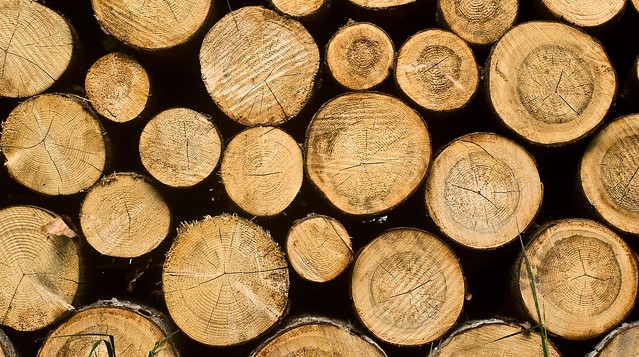Burning dry firewood saves money and improves air quality
Montpelier, VT – With wood stove season rapidly approaching, it is time to make sure you have enough dry firewood ready to go for this winter.
Evaluating the moisture content of firewood can be tricky. Wood can be purchased when it is “green,” “seasoned,” “dried,” or “kiln dried,” but these are relative terms and wood is only ready to be burned when its moisture content is 20% or less. Wet wood is a waste. Instead of creating heat for your home, burning wet wood means that that energy goes into boiling off residual water so that the wood can ignite, and in the process releases pollution into the air and creosote in your chimney, which can lead to a fire hazard. Burning dry wood saves you money and improves air quality.
When talking with firewood dealers, always be sure to ask how they define the terms they are using to describe their products and try using a moisture meter to test the moisture content of your firewood. Here are a couple of general guidelines to keep in mind when talking to a firewood supplier:
- “Green wood” is fresh cut and should not be used for fuel until it has had time to dry properly. This is the least expensive to purchase and will require 6-12 months to dry properly depending on species and conditions.
- “Dry wood” refers to air-dried wood that should be an immediately burnable product at the time of delivery. Dry wood should never be stored uncovered as it will reabsorb rain and snow.
- “Kiln dried wood” has been dried through the introduction of heat in a deliberately controlled environment (kiln) – a process that drastically shortens the drying time. As with dry wood, kiln dried firewood should be an immediately burnable product at time of delivery. This is the most costly to purchase, but is of a very high quality that many people prefer.
- “Seasoned wood” is the least well defined of any of the terms associated with firewood. “Seasoning” is synonymous with “drying” but the key to the wood’s actual moisture content is how long and under what conditions the wood has been “seasoned.” When purchasing “seasoned” wood, always be sure to ask your dealer how long the wood has been split, as opposed to just felled, and if it was stacked under cover to facilitate drying. You should assume that seasoned wood is not ready to burn without further drying.
If you are not planning to buy dry wood, the best strategy is to plan and allow plenty of time for your wood to dry under cover. Order wood during the winter or early spring for the following year, then stack and cover it to dry during the spring and summer for burning the following fall. This is the most reliable and economical way to ensure your supply of properly dried firewood.
Vermonters can now check out a moisture meter from many local libraries free of charge, thanks to a new loan program from the Vermont Department of Environmental Conservation, the Department of Libraries, and public libraries around the state. The moisture meters are available at 50 public libraries across the state. Borrowers can use the small hand-held meters to test firewood at home to make sure it is dry enough to burn safely and efficiently. Click here to find more information about this program, including a list of participating libraries.
Learn more about the best wood burning practices at the EPA Burn Wise website or the Department of Environmental Conservation’s Air Quality and Climate Division Wood Burning information page.



